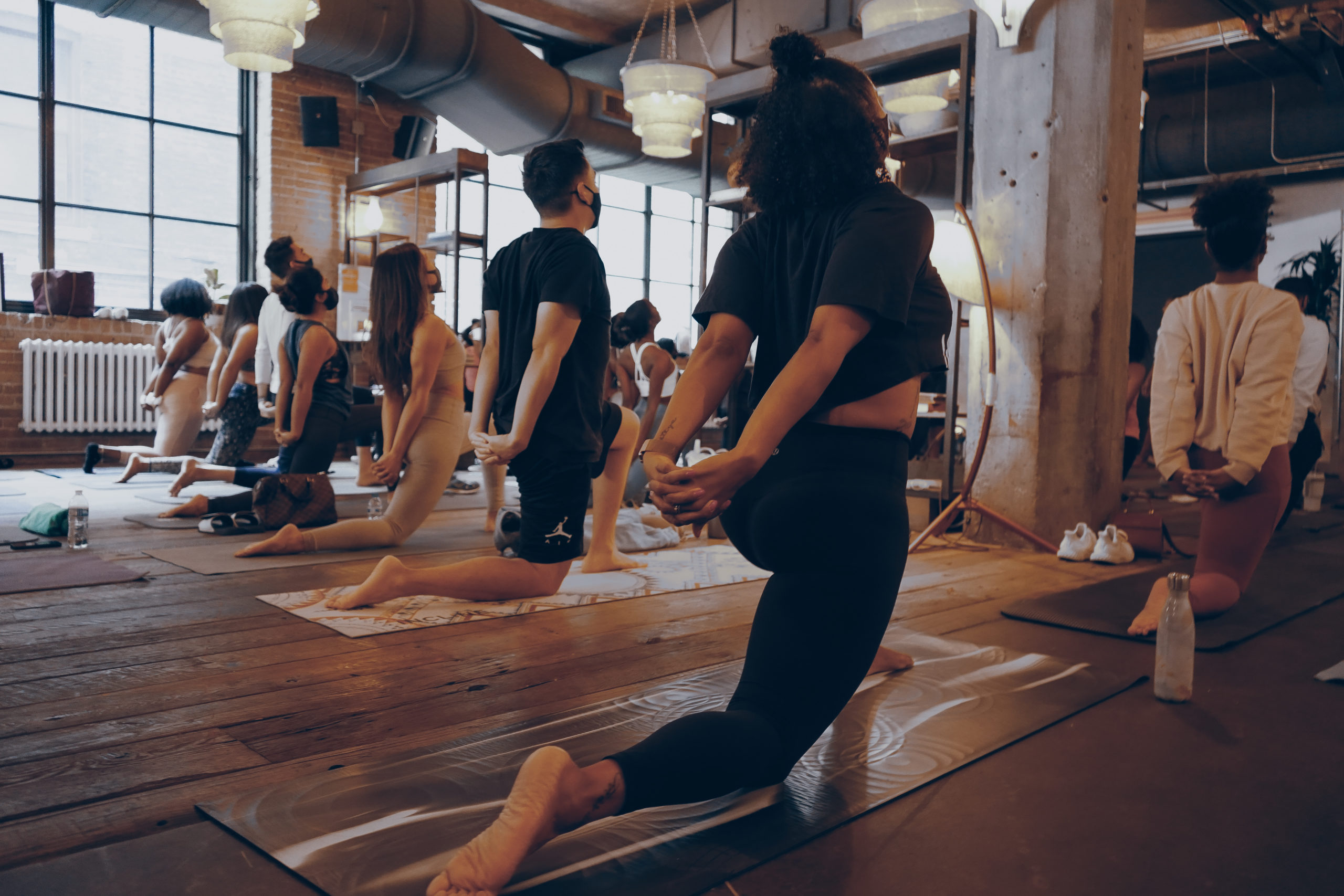Featured photo captured by Kelcey McKinney.
Words written by Paige Willis.
Friend, are you stressed rn? If so, you’re not alone. More than 70% of adults say that stress has impacted their health, and they’ve experienced issues like headaches, fatigue, anxious thoughts, trouble sleeping, and feelings of sadness or depression as a result (American Psychological Association, 2022).
And when stress becomes a lifestyle, it spirals you into a funk, where a lack of appetite, low energy, and emotional withdrawal can become the norm. In other words, it makes you feel less than your best and puts a damper on your health and relationships. So for those who are finding it hard to pull themselves out of bed and show up lately (#same), this one’s for you.
There’s a direct connection between your breath and your heart.
Your heartbeat is controlled by two branches of the autonomic nervous system – the parasympathetic and sympathetic nervous systems.
- The sympathetic nervous system acts as a gas pedal for your fight or flight response; it releases hormones to speed up your heart rate and kickstarts a flurry of other functions that help your body fight stressors.
- The parasympathetic nervous system does the opposite. It’s the brake that slows your heart rate down, allowing your body to rest and digest.
Now, there’s a time for everything, and both systems have their unique and necessary purposes. But if you’re reading this, you likely live with our foot on the gas, or in the sympathetic zone, and could use some support in finding an optimal balance between the two.
Breathing through the funk
Slow, paced breathing is a practice that stimulates the vagus nerve (the main player of your parasympathetic nervous system). It lowers your heart rate and improves your heart rate variability (HRV), which play a role in your sense of groundedness and emotional wellbeing, respectively.
Cultivating a daily breathing practice can positively impact how you think and feel about life, along with how you show up in it. It’s an incredibly effective way to calm anxiety and bring you back to yourself when you’re in a funk. And it’s portable, so there’s no excuse to not breathe between meetings, on the way to work, while watching Netflix. You can do it anytime, anywhere.
A mini breath tutorial
Start with a five second inhale through your nose, then follow that up with a five second exhale through your nose. Imagine that breath traveling past your heart and into your belly. Repeat this breathing pattern for at least five minutes or until you feel more steady. And do it daily to reap the benefits.
Disclaimer: If you’re experiencing consistent symptoms of anxiety or depression, consider seeking support. While yoga is a useful tool to release and manage stress, it’s a practice that is meant to complement, not replace, guidance from a mental health professional.
Resources I’ve been loving:
- Watch
- Measure Anxiety in Your Nervous System With Heart Rate Variability: Vagal Tone, Therapy in a Nutshell
- Listen
- The Jungle Is The Only Way Out, Mereba
- Inner Peace, Beautiful Chorus
- Read
- Stress in America 2022, America Psychological Association
- Vagus Nerve as Modulator of the Brain–Gut Axis in Psychiatric and Inflammatory Disorders, National Library of Medicine
- What is HRV?, Oura Ring
- Chronic Stress, Yale Medicine
- How to Stimulate Your Vagus Nerve for Better Mental Health, University of Ottawa
- Download
- Open (breathe, move, and meditate; click the link for a month on me!)
